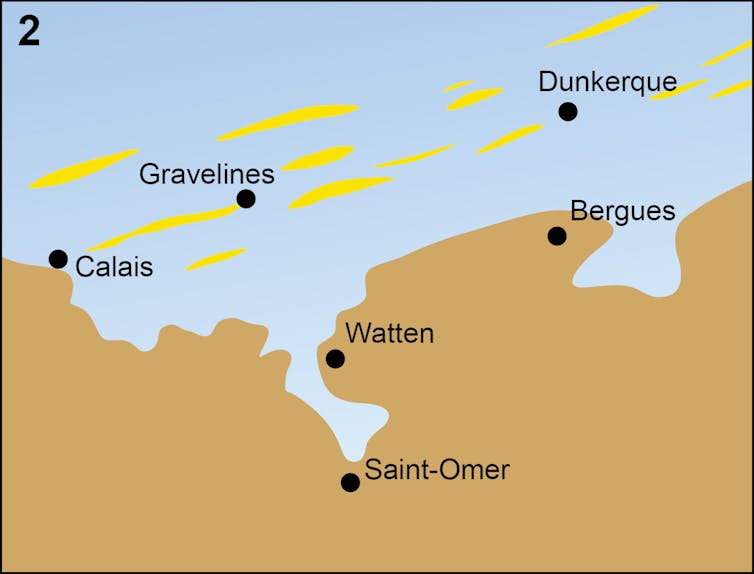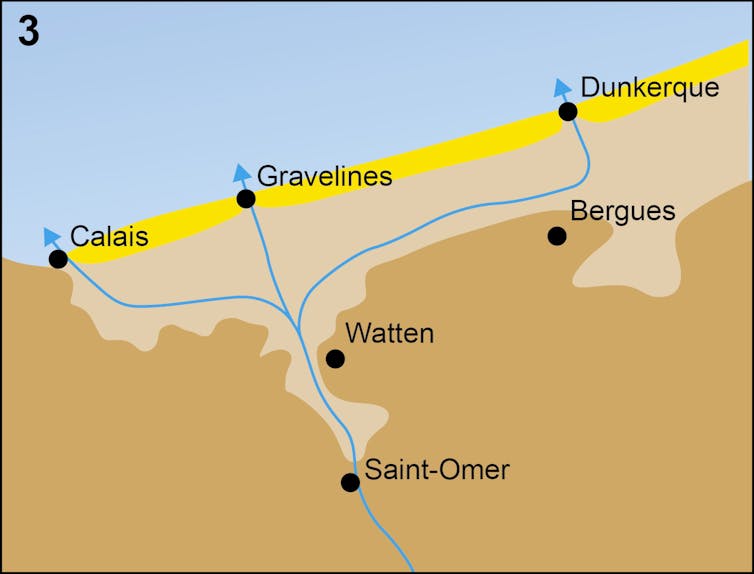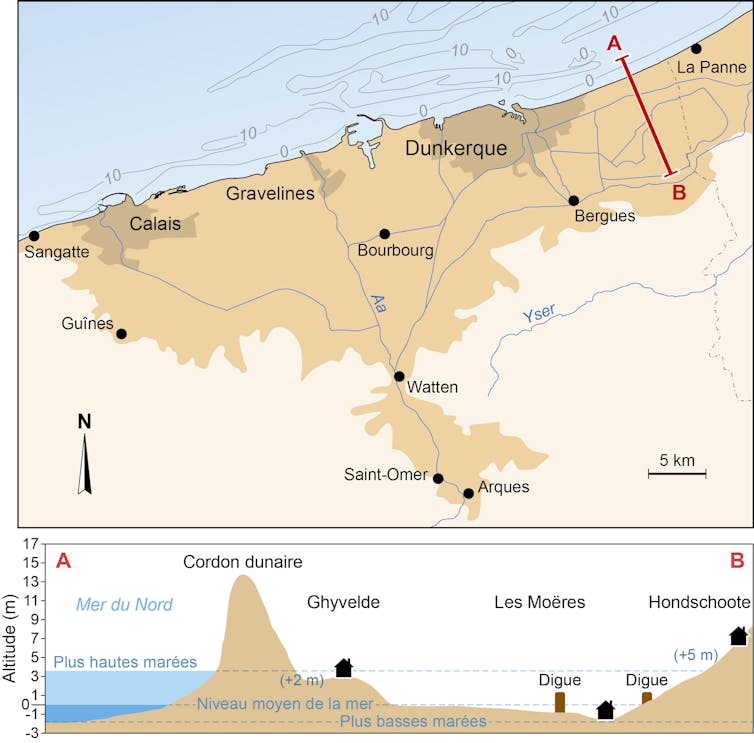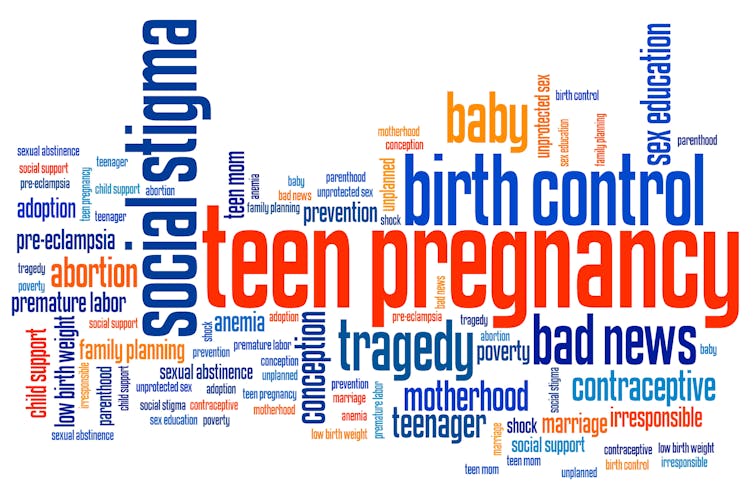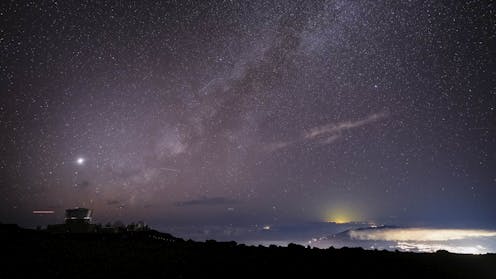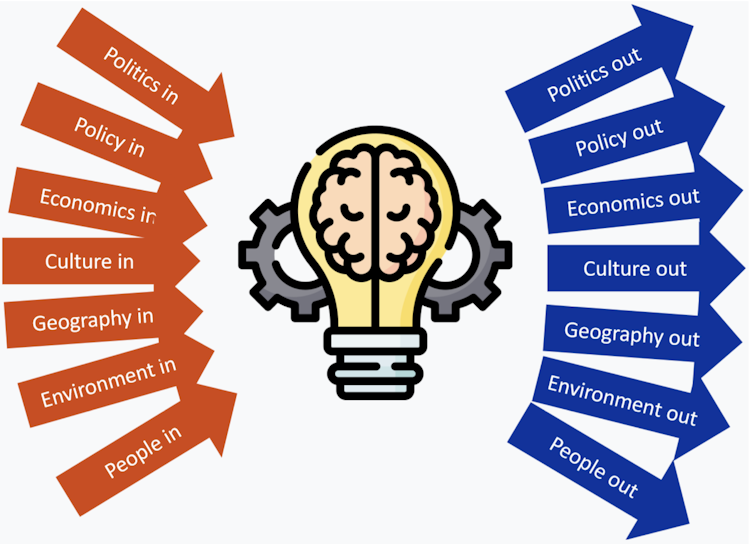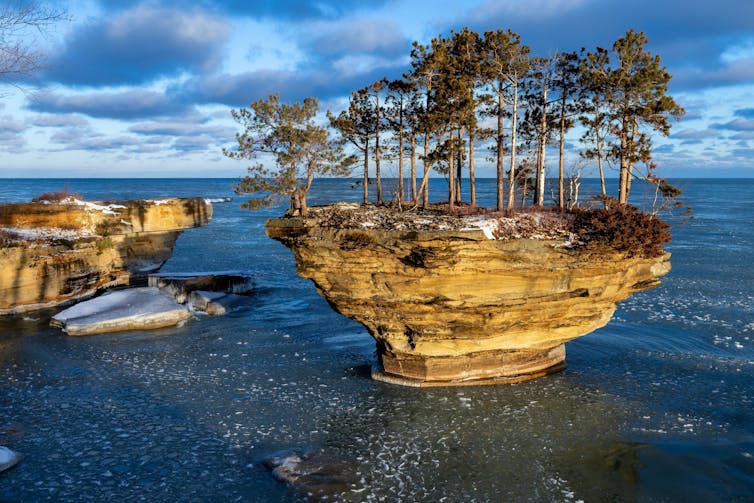Source: The Conversation – in French – By Alizée Pillod, Doctorante en science politique, Université de Montréal
L’été ne fait que commencer au Canada et l’on comptabilise déjà près de 2000 feux de forêt depuis le début de l’année. Ce sont plus de 4 millions d’hectares qui sont partis en fumée, soit l’équivalent de la taille du territoire de la Suisse. À ce rythme, la saison 2025 pourrait s’avérer tout aussi catastrophique – voire pire – que celle de 2023, l’une des plus dévastatrices jamais enregistrées au pays.
Face à ces feux toujours plus difficiles à maîtriser et ne connaissant pas de frontières, la création d’une structure nationale capable de coordonner efficacement les efforts des pompiers sur le terrain est à nouveau envisagée.
En quoi cela consisterait-il exactement ? À quel prix ?
Doctorante et chargée de cours en science politique à l’Université de Montréal, mes travaux portent sur la construction sociale des problèmes publics. Je m’intéresse notamment aux effets de cadrage de la crise climatique et à leur rôle dans l’apport de changements de politique publique.
Déjà des milliers d’abonnés à l’infolettre de La Conversation. Et vous ? Abonnez-vous gratuitement à notre infolettre pour mieux comprendre les grands enjeux contemporains.
Une gestion fragmentée en perte d’efficacité
Le Canada compte environ 3 200 services d’incendie, majoritairement organisés au niveau local – municipalités, comtés ou districts. À cela s’ajoutent, dans chaque province et territoire, des agences spécialisées dans la lutte contre les feux de forêt, distinctes des services municipaux. La coordination interprovinciale en matière de feux de forêt est assurée par le Centre interservices des feux de forêt du Canada (CIFFC). Le gouvernement fédéral intervient également, notamment par l’entremise du ministère de la Sécurité publique, et détient l’autorité nécessaire pour déclarer l’état d’urgence.
Ainsi, les trois paliers de gouvernement peuvent être mobilisés dans la gestion des incendies de forêt. Or, bien qu’ils répondent à des mandats complémentaires, ces services demeurent fragmentés. L’absence d’un mécanisme centralisé de coordination peut engendrer des chevauchements, des lenteurs dans les interventions et une certaine confusion sur le terrain.
Les pompiers sonnent l’alarme
L’idée d’une structure nationale dédiée à la gestion des incendies ne date pas d’hier. En 2006, l’Association canadienne des chefs de pompiers soulevait déjà la question lors de son assemblée générale annuelle. À l’époque, elle reconnaissait que les enjeux devenaient trop vastes et trop complexes pour être gérés de façon dispersée.
En décembre 2023, après une saison des feux record, l’idée a refait surface et semble plus que jamais dans l’air du temps. Cette fois, l’Association a décidé d’aller plus loin dans sa réflexion. Elle a publié un rapport destiné aux responsables politiques, dans lequel elle propose la création d’une véritable « administration nationale des incendies », afin de mieux coordonner les interventions à l’échelle du pays.
À lire aussi :
Les feux de forêt de l’été 2023 ont été les plus dévastateurs en 50 ans. Le pire reste-t-il à venir ?
Ce qu’une meilleure coordination permettrait
Les changements climatiques entraînent une multiplication et une intensification des feux de forêt. Les pompiers sont donc appelés à intervenir plus souvent, et sur des périodes plus longues.
Cette pression accrue a des conséquences humaines importantes. En plus de l’épuisement, ces interventions prolongées exposent les pompiers à des fumées toxiques, augmentant ainsi les risques de maladies cardiorespiratoires. Leur santé – et parfois leur vie – est en jeu. Dans ce contexte, l’Association canadienne des chefs de pompiers constate des difficultés croissantes de recrutement et de rétention.
À cela s’ajoute un autre enjeu : tous les pompiers ne sont pas formés pour combattre les feux de forêt, dont les dynamiques diffèrent des incendies urbains.
Par ailleurs, certains incendies dépassent les frontières administratives, comme en témoignent les brasiers toujours actifs aux abords des provinces des Prairies.
Dans son rapport, l’Association soutient qu’une structure nationale permettrait de mieux répondre à ces défis. D’une part, elle offrirait la possibilité d’investir de façon plus stratégique, en orientant les budgets vers la formation spécialisée et l’achat d’équipement, souvent inadéquat face aux réalités du terrain. D’autre part, elle faciliterait le déploiement du personnel entre les régions et améliorerait la gestion des ressources essentielles – notamment l’eau, utilisée en grande quantité pour éteindre les incendies.
Au-delà des feux de forêt, l’Association rappelle que d’autres risques justifient la création d’une telle structure. Elle cite en exemple le transport de marchandises dangereuses, un domaine où l’uniformisation des pratiques et des capacités de réponse à l’échelle nationale s’avère également nécessaire.
Enfin, une administration nationale permettrait de mieux intégrer les pompiers à l’élaboration des politiques qui ont un impact direct sur leur travail. Cela concerne par exemple les normes de construction, la réglementation des feux d’artifice ou d’autres enjeux touchant la sécurité publique et qui affectent, de près ou de loin, la gestion des feux de forêt.
Pour toutes ces raisons, plutôt que de simplement élargir le mandat du Centre interservices des feux de forêt du Canada (CIFFC), les représentants défendent une approche plus holistique.
Passer de l’idée à l’action
Pour étayer ses recommandations, l’Association canadienne des chefs de pompiers a mené une analyse comparative rigoureuse en s’intéressant à des modèles internationaux, notamment ceux des États-Unis et de la Nouvelle-Zélande, où des délégations se sont rendues sur place pour rencontrer les responsables d’organismes similaires.
Cette veille internationale leur a permis d’identifier les bonnes pratiques et d’anticiper les défis rencontrés ailleurs. Cela leur a permis, par exemple, d’échanger sur les budgets alloués, les compétences confiées à ces agences, leur degré d’autonomie par rapport aux gouvernements.
Sur le plan budgétaire, la création d’une administration nationale des incendies au Canada ne représenterait pas une charge insurmontable. Comme le souligne l’Association, il ne s’agirait pas de repartir de zéro, mais de s’appuyer sur les structures existantes – l’association elle-même étant déjà bien organisée – pour les transformer. Les services d’incendie disposent d’un budget annuel d’environ 5,6 milliards de dollars. Selon l’Association, un investissement supplémentaire de 2 millions de dollars par an serait suffisant pour mettre en place cette coordination nationale.
Ces dernières semaines, des représentants de l’Association ont rencontré des membres du gouvernement fédéral pour discuter de leur proposition. Mais les gouvernements des territoires, des provinces et des municipalités devront aussi être consultés. Or, les discussions intergouvernementales semblent pour l’instant dominées par la guerre commerciale avec les États-Unis.
Autre frein : le premier ministre Carney n’a pas été élu avec un mandat environnemental fort. Pourtant, il aurait tout intérêt à s’emparer du dossier, étant donné que les coûts liés à la lutte contre les incendies de forêts, à eux seuls, dépassent désormais le milliard de dollars par an.
![]()
Alizée Pillod est affiliée au Centre d’Études et de Recherches Internationales de l’UdeM (CERIUM), au Centre de recherche sur les Politiques et le Développement Social (CPDS) et au Centre pour l’Étude de la citoyenneté démocratique (CECD). Ses recherches sont subventionnées par les Fonds de Recherche du Québec (FRQ). Alizée a aussi obtenu la Bourse départementale de recrutement en politiques publiques (2021) ainsi que la Bourse d’excellence Rosdev (2023). Elle a également été la coordonnatrice pour un projet financé par Ouranos et le MELCCFP sur la communication climatique en contexte pandémique.
– ref. Feux de forêt : voici pourquoi il faut une structure nationale pour mieux les gérer – https://theconversation.com/feux-de-foret-voici-pourquoi-il-faut-une-structure-nationale-pour-mieux-les-gerer-259216




